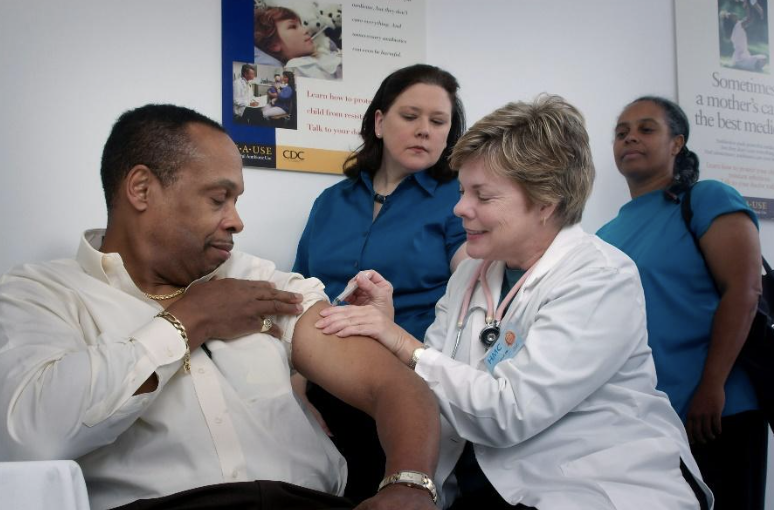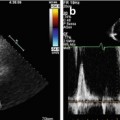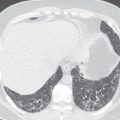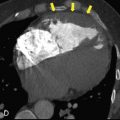
Preventive health programs hold immense potential to transform the lives of underserved populations. These communities often face barriers to quality healthcare, including limited access to services, financial hardship, and a lack of education about preventive care.
By focusing on early detection, awareness, and behavioral change, preventive health programs can reduce the burden of disease and foster healthier societies. The true power of these programs lies in their ability to empower individuals with the knowledge and resources needed to make proactive health choices.
The Role of Education in Preventive Health Empowerment
Education serves as the foundation of effective preventive health strategies. When individuals understand how their lifestyle choices impact long-term well-being, they are more likely to adopt healthy habits and participate in community wellness initiatives. This is especially true in underserved areas where misinformation and lack of awareness can contribute to preventable illnesses.
Healthcare professionals who pursue advanced training, such as an MPH online, gain valuable insights into public health education, program management, and community engagement. This knowledge equips them to design and implement initiatives that are culturally sensitive, accessible, and sustainable.
Educating local communities about nutrition, hygiene, vaccination, and disease prevention can create a ripple effect, encouraging self-reliance and improving overall public health outcomes.
When education becomes a central component of preventive health programs, it bridges the gap between healthcare systems and the people they serve. Individuals not only gain the tools to protect themselves but also become advocates for the well-being of their families and communities.
Community-Centered Health Initiatives
Community-driven health initiatives are vital for addressing the unique challenges of underserved populations. These initiatives thrive when they involve local participation and leadership. Empowering communities to take ownership of their health fosters trust, accountability, and inclusivity. Programs designed with local input are more likely to reflect cultural values and overcome social barriers that may hinder participation.
For example, community workshops led by trained health educators can help demystify preventive care concepts such as regular checkups, healthy eating, and vaccination. Peer educators and local health volunteers often serve as bridges between healthcare providers and residents, making health information more relatable and trustworthy. This collaborative approach not only improves participation but also encourages a sense of unity within the community.
When communities are given the tools to identify their own health priorities, preventive programs become more effective and sustainable. Empowerment through participation leads to stronger, more resilient populations capable of advocating for their health needs.
Addressing Barriers to Access
Access remains one of the most persistent challenges in preventive healthcare. Underserved populations may face numerous barriers, including lack of transportation, financial limitations, and insufficient healthcare infrastructure. Preventive health programs must therefore be designed with accessibility in mind, ensuring that essential services reach those who need them most.
Mobile clinics, telehealth initiatives, and community-based screening programs can help extend healthcare to remote or economically disadvantaged regions. These services reduce the need for costly hospital visits by addressing health concerns early.
Additionally, partnerships between public health organizations, local leaders, and educational institutions can help pool resources to expand the reach of preventive efforts.
Building Trust and Cultural Sensitivity
Trust is an essential element of successful preventive health programs. Many underserved communities may have experienced neglect or discrimination within healthcare systems, leading to reluctance in seeking care. Establishing trust requires consistent engagement, transparency, and respect for cultural beliefs and traditions.
Healthcare professionals must work closely with community leaders, faith-based organizations, and local advocates to create programs that respect cultural values. For instance, explaining preventive care in familiar terms and integrating traditional health practices can make modern healthcare more approachable.
By valuing local customs and perspectives, preventive programs can foster meaningful partnerships and greater participation.
The Power of Early Intervention
Early intervention is the cornerstone of preventive health. Detecting potential health risks before they progress into serious illnesses not only saves lives but also reduces long-term healthcare costs. In underserved communities, where access to advanced medical care may be limited, early intervention can make the difference between manageable conditions and life-threatening diseases.
Preventive screenings, vaccinations, and routine checkups enable healthcare providers to identify health issues in their earliest stages. When paired with educational outreach, individuals are encouraged to monitor their health proactively. Teaching communities to recognize early warning signs of common illnesses can also prevent unnecessary complications.
Promoting Healthy Lifestyle Choices
Encouraging healthy behaviors is a central goal of preventive health programs. Nutrition, physical activity, mental well-being, and avoidance of harmful habits such as smoking or excessive alcohol consumption are all critical aspects of a healthy lifestyle. For underserved populations, limited access to healthy food options or safe environments for exercise can make adopting these behaviors challenging.
Effective preventive programs address these social determinants of health by providing practical solutions and community support. Initiatives like local wellness clubs, cooking demonstrations, and stress management workshops can inspire positive change. These programs should focus on gradual, achievable improvements rather than drastic lifestyle overhauls, making health goals attainable for everyone.
Collaboration Between Public and Private Sectors
Sustainable preventive health programs require collaboration across sectors. Public agencies, private organizations, and community groups must work together to ensure that resources are used effectively and reach those most in need. Collaborative efforts help bridge gaps in funding, infrastructure, and expertise, allowing programs to operate efficiently and reach a wider audience.
For instance, partnerships between public health departments and private institutions can facilitate the development of outreach campaigns or training programs for local health workers. Joint research initiatives can also help identify emerging health risks and develop targeted interventions. Collaboration ensures that preventive health remains a shared responsibility rather than a fragmented effort.
Empowering underserved populations through preventive health programs requires a multifaceted approach grounded in education, access, and collaboration. By emphasizing early intervention, cultural sensitivity, and community engagement, such programs can create lasting change that extends far beyond physical health.
When individuals are equipped with knowledge, trust, and opportunity, they gain the confidence to make choices that strengthen both their lives and their communities. Preventive health is more than a medical strategy—it is a path toward equality, dignity, and empowerment for all.
Stay updated, free articles. Join our Telegram channel

Full access? Get Clinical Tree








